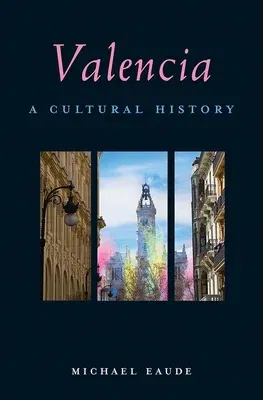The towns of Valencia's long coast and privileged climate, in particular
Benidorm, southern Europe's skyscraper capital, are famous beach tourism
destinations. Country of fire, fireworks and long meals (often featuring
the renowned paella), Valencia is a Mediterranean land where people know
how to enjoy life. This book tells the story of today's Spanish
provinces of Valencia, Castelló and Alacant (Alicante), with their
profound Moorish legacy. The Moors designed the intricate system of
irrigation that still nourishes Valencia's prosperous horta (market
garden). They brought, too, the silk, paper, and orange industries.
The area is rich in monuments, many from its golden fifteenth century,
when the capital became the wealthiest city on the Western
Mediterranean. This book discusses Sagunt's Roman theater and castle;
Gandia, home to the ill-reputed Borja (or Borgia) family of popes; Elx,
embraced by 200,000 palms; and Alcoi, anarchist stronghold. Michael
Eaude discusses Valencia's art, literature and architecture: the
painters Ribera and light-filled Sorolla; the great medieval poet of
anguish Ausiàs March. Santiago Calatrava's architecture, conjuring the
sensation of soaring flight from steel, has given Valencia City its new
trophy buildings.
Despite its continuing popularity as a tourist destination, there are
still deserted beaches, sinister and beautiful marshland, orange groves
and a depopulated mountainous interior. Valencia: A Cultural History
seeks to explain this contradictory and divided land, its identity
pulled between the Spanish state and Catalonia.

